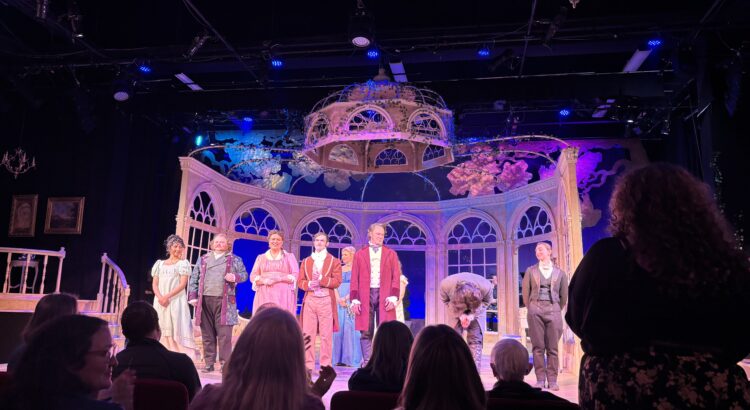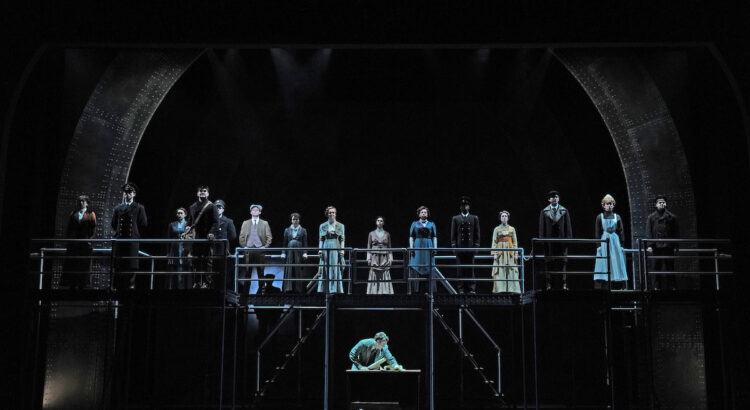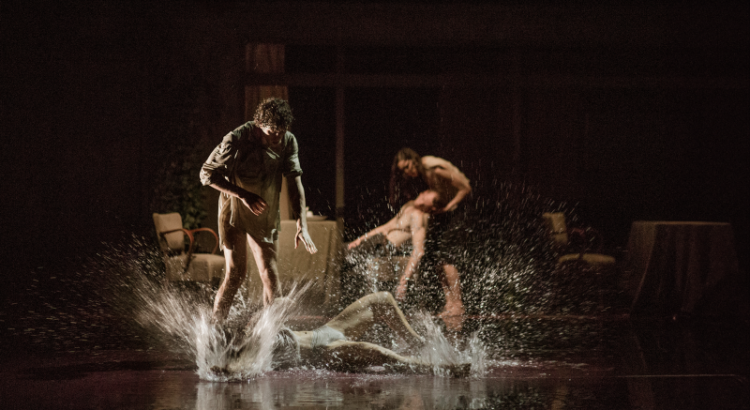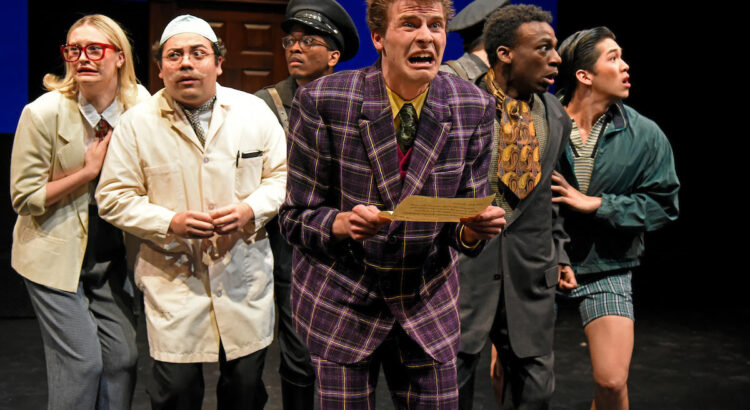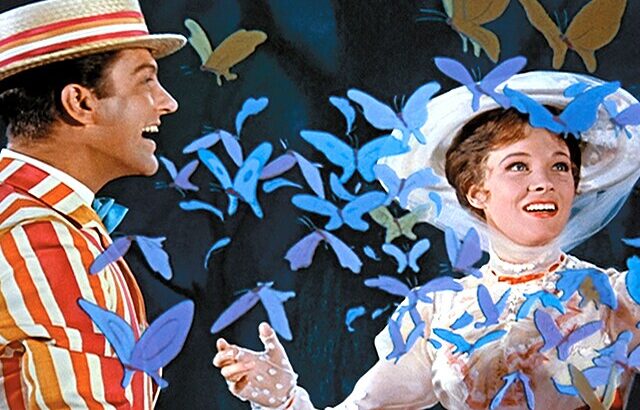From early to mid-March, under the direction of Matt Bogart, The Encore Musical Theatre put on a beautiful production of Paul Gordon’s Sense & Sensibility: A New Musical. The set design was grand and elaborate, making full use of the theater’s space. The costumes featured intricate details that reflected the period’s distinctive clothing, and the acting and soulful singing contributed to an immersive atmosphere.
Based on the romance novel by Jane Austen, the plot takes place around 1792-1797 and follows two sisters, Elinor andMarianne Dashwood, played by Chelsea Packard and Jessica Grové. After the sudden death of their father, the women of the Dashwood family are forced to leave their home due to inheritance laws and relocate to a more modest property in the country. The sisters grew anxious about their marriage prospects, as women at the time heavily relied on marriage to secure their future. As they struggle to balance romantic desires with practical concerns, the story unfolds with messy relationships and complex emotions.
Because a musical and a novel are different genres, the musical’s pacing was faster, more direct, and exaggerated. While it lacks Austen’s iconic narrative prose, the show boasts an impressive amount of musical numbers with nineteen songs in the first act and twenty-one in the second that all showcase the characters’ personalities and emotional depth more vividly than the novel. As a result, characters with smaller roles in the book were able to have a bigger part in the musical.
The first musical number that stood out to me was “Lydia,” sung by Colonel Brandon, largely due to the powerful voice of director and actor Matt Bogart, who is also a professor at SMTD. Bogart’s tone and vibrato enhanced the romantic desperation his character conveyed. My favorite songs from Act I, however, were the last three numbers: “Lavender Drops (Reprise),” “Hello,” and “Somewhere in Silence.” “Lavender Drops” and “Somewhere in Silence” were duets between Elinor and Marianne; their voices complimented each other beautifully, reinforcing their sisterly bond for the audience. In contrast, “Hello” is sung by Elinor and her love interest Edward Ferrars (played by Adam Woolsey), which offered insight into their relationship through its thoughtful lyrics. In Act II, I especially loved the humorous lyrics of “Wrong Side of Five and Thirty” sung by Colonel Brandon, which gave his otherwise serious character a more personable and vulnerable side.
Overall, although the tickets were a bit pricey and the commute to the theater was longer than preferred, the high production quality made it well worth it. I enjoyed being able to see a professor perform because I had only seen students perform previously. I’ve always been awed by the students at SMTD, and Bogart’s talent and skill demonstrated how great professors can foster great students. While this wasn’t my favorite musical narratively or musically, it was still a lot of fun to watch.

